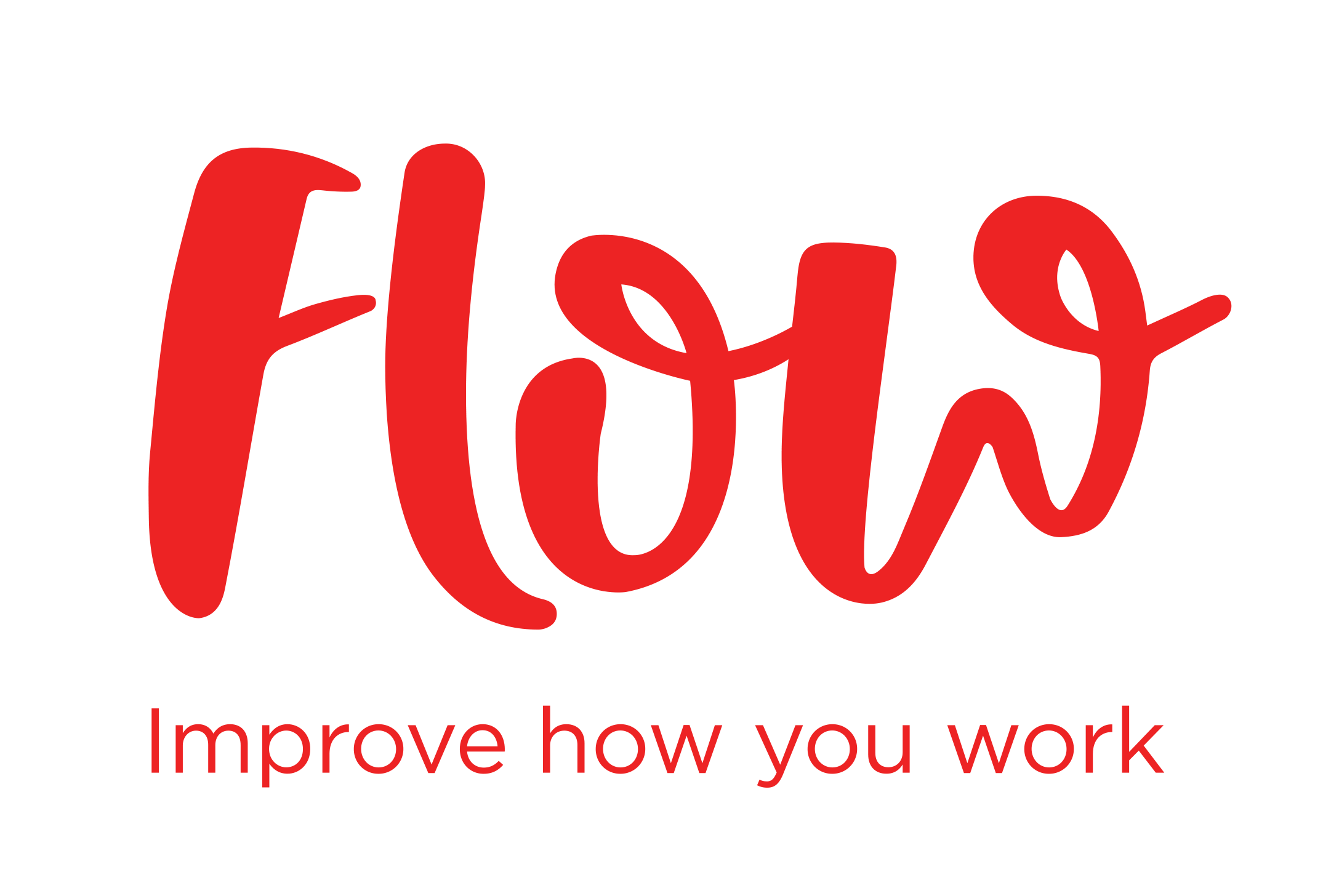In part two of a three-part series, Getting collaboration right, Andy Greene of Flow shares three proven ways to collaborate better with your immediate team.
Teamwork is an incredibly effective way to drive revenue, successfully deliver projects, adapt to challenges, anticipate customer needs and innovate. Yet we all know that working with others is far from straightforward.
According to J. Richard Hackman: “Research consistently shows that teams underperform, despite all the extra resources they have. That’s because problems with coordination and motivation typically chip away at the benefits of collaboration.” It is surprisingly common for members to disagree on what the team is supposed to be doing.
Team membership was more stable 15-20 years ago. Today, we’re likely to be members of multiple teams simultaneously, communicating with colleagues from different cultures that we may never have met in person. With full workloads, it’s natural to focus on getting work done and assume that smart people will figure out how to work well together.
Your team may have earned a reputation for having great ideas or being risk averse.
But because effective collaboration is not a skill commonly taught at school, university or in our companies, teamwork quality suffers and with it so do engagement and results. To go fast, slow down for a moment and consider these three proven practices to increase team impact.
1. Know what you want to be famous for
Issue: Team members and stakeholders have outdated beliefs about the team
Solution: Revise and update your team story
Every team has an identity, which is part of the direct experience of working with them and part story. Story is how we make sense of things and how we relate to one another. For example, your team may have earned a reputation for having great ideas or being risk averse.
Over time, we become stuck in stories that no longer serve us, which become part of how other teams experience us. It’s not uncommon to meet teams who don’t know who they are within their company; they cannot easily articulate their role and how that role contributes to the company’s success. There is a disconnect between how they see themselves and how other teams view them.
Creating your team story is a powerful way for team members to develop a shared identity, feel appreciated about who they are and clarify ‘who we want to be’. Its elements answer:
- What impact do we want other teams to feel around us?
- What do we want other people to be saying about our team?
- What do we care about?
- What is the future we are leading for?
To resonate with colleagues inside and outside of the team, the story should align to your team’s goals and their impact on the company strategy.
2. Clarify what great teamwork looks like
Issue: Team members have different working preferences that undermine teamwork
Solution: Use a team working agreement to clarify how the team works together
Our values underpin our working preferences and we don’t all value the same things from work. One of the reasons we can become ‘triggered’ by seemingly harmless actions from others is due to a divergence of values. Until we tell others what we value in our work styles, we can keep coming against challenges in our team collaboration.
It makes it much more challenging to do great work if we don’t have shared expectations of what matters to each of us.
A team working agreement is a short and inspiring agreement that every team member wants to use. It clarifies preferences such as:
- How do we make decisions?
- Is it ok to be contacted by instant message outside of the working day?
- What do we consider an expected response time when you send someone a communication?
- How does the team invite contrary opinions? How do we manage conflict?
What is a ‘big deal’ for you might mean little to other colleagues. Drafting a team working agreement means you know how to collaborate most effectively and how you’ll work through difficulties before they occur.
3. Elevate your key practices
Issue: Colleagues don’t feel energised by current team routines
Solution: Create signature rituals that create better outcomes
Great collaborative cultures have great ways of doing things. They’ve consciously thought about the mechanisms that drive the way work gets done.
Amazon’s 6 Pagers as a replacement for PowerPoint, Google’s OKRs as a goal-setting framework and Pixar’s Braintrust, which drives its creative excellence. These are signature practices that occur regularly, building habits or rituals. They activate strategies through day-to-day work, encouraging the right behaviours, conversations and contributions.
Rituals become automatic, creating efficiency and speeding up the work. Some serve as guardrails to ensure a greater quality of ideas and decisions. Others might promote a growth mindset by spotlighting key learnings. A defining characteristic is that they energise the team. A new joiner should know your team’s rituals by the end of their first week.
In summary: Helping teams work
Both companies and people are complex, and both thrive with increased clarity. To help turn teamwork potential into performance, define your team story, what great collaboration looks like and your cornerstone rituals.
Almost everything we do at work is a collaboration with others. This is part two of a three-part series, ‘Getting collaboration right’. Part one focuses on how to strengthen cross-company collaboration and part three will look at how we as individuals can master our personal workflow to succeed in the collaborative workplace – coming soon!







